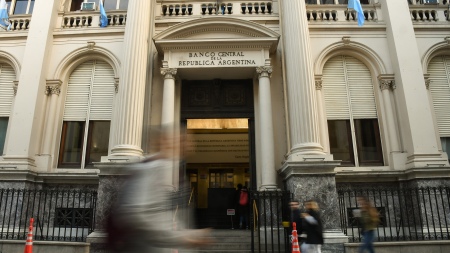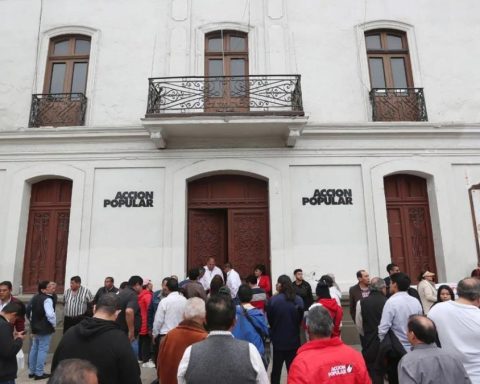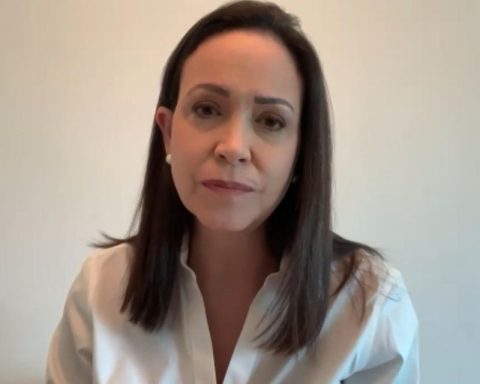The Central Bank (BCRA) accelerated the accumulation of reserves in the last month of the year by buying some US$ 1,987 million in the exchange market in December, driven by the incentive program for exports from the soybean sector, and managed to close the year fulfilling with the goal set in the agreement with the IMF.
Specifically, the BCRA ended today’s conference with purchases for US$133 million and in the year it reached US$5,824 million, exceeding the mark of net purchases registered in the Single and Free Exchange Market (MULC) of 2021.
Compared to last year, the monetary authority surpassed the mark of net purchases by US$300 million and the closing of the year shows an overcompliance with the reserve accumulation goals of more than US$440 million.
“We are going to meet the goal that we have set by the end of the year, especially with what comes in from the soybean dollar and other income that we are expecting from Chinese financing for dams, from the Inter-American Development Bank (IDB) and other multilaterals,” he had anticipated. the president of the BCRA, Miguel Angel Pesce, at the end of November.
According to market data, the Export Increase Program (PIE) -known as soybean dollar 2- accumulated income of US$ 3,154 million in its second edition, thus exceeding the commitment of the agro-export sector to liquidate soybeans and derivatives, such as flours and oils, for at least US$ 3,000 million since the launch of the program on November 28.
Soybean exporters closed operations in CAM9 for US$34 million and another US$84 million will be settled between next Monday and Tuesday, sales that are added to those of the rest of the cereal complex.
“Although it was expected that the 3 billion dollars would be liquidated, the Central accumulated an extra 411 million to the soybean dollar in the last 3 rounds,” said the Invecq economist, Juan Pablo Albornoz, in a message on his Twitter account in the one that highlighted the last two rounds of the month -in which the BCRA was able to buy US$ 672 million- as “superlatives”, after additional currencies entered the market for investments in infrastructure.
On the other hand, he highlighted that the soybean dollar 2 ended “monetarily better” than the “soybean dollar 1”, since unlike the dynamics seen up to three or four wheels ago, the “soybean dollar 2” accumulated net purchases for 74% of the liquidated compared to 65% of the “soybean dollar 1”.
Added to this is a smaller gap between the real exchange rate validated by the BCRA for exporters and the official exchange rate, which was 46% in the second edition of the PIE compared to the previous one, when it validated a gap of 60%. .
According to updated data from the BCRA, international reserves closed the year at US$44,588 million after starting 2022 at US$39,582 million.
In this way, the reserves will have grown throughout the year by US$ 5,006 million.
The possibility of accumulating more reserves was driven both by the greater liquidation of the field, and by a finer coordination of the Government as a whole for the allocation of foreign currency for imports, through the Import System of the Argentine Republic (SIRA).
This is evidenced in the foreign trade data for November, in which INDEC reported exports of US$ 7,089 million and imports of US$ 5,750 million, which implied a trade surplus of 1,339 million dollars and an increase of 7.4 % interannual commercial exchange.
Part of this result is due to the fact that imports decreased 0.3% compared to November 2021 (17 million dollars), the first time since October 2020 that a year-on-year drop in imports has been recorded.

















